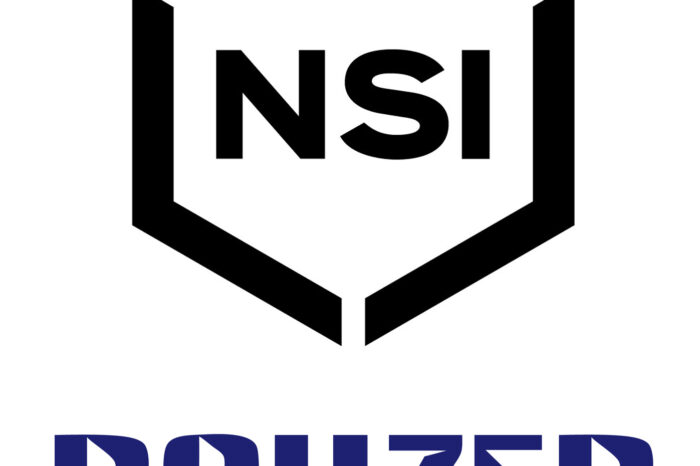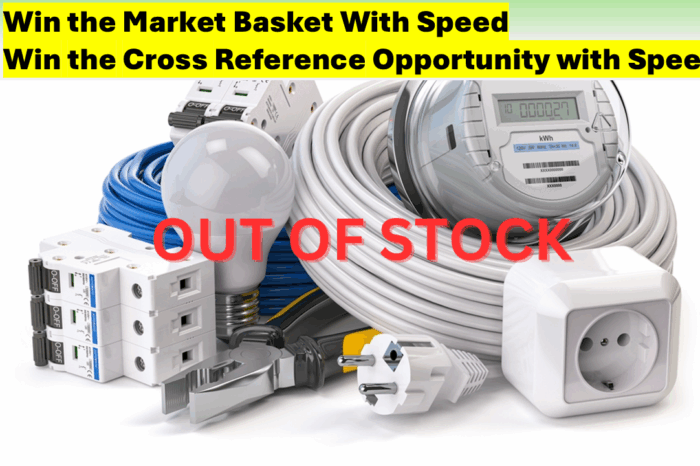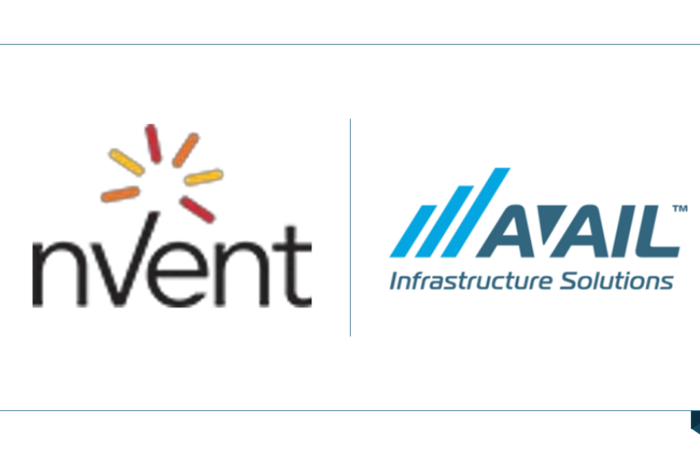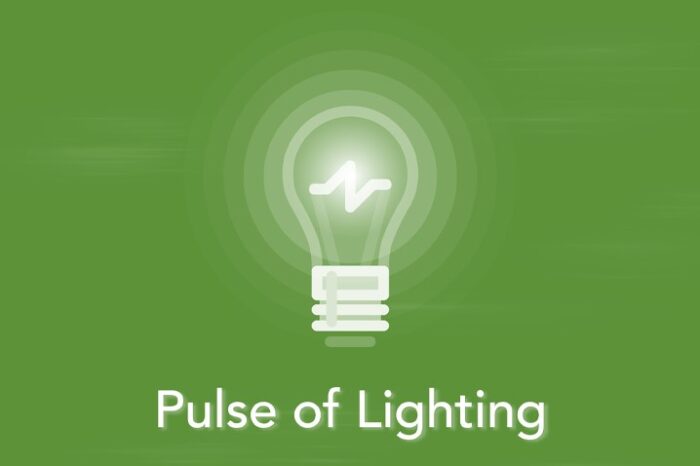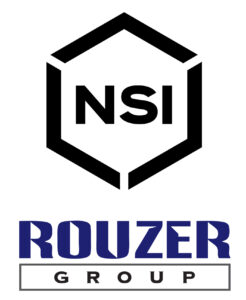Where Have All the Profits Gone?
 For those of you who remember good music, you may recall Pete Seeger’s classic “Where Have All the Flowers Gone”. Now that you have the melody in your head (and if you don’t, click on this link to hear it on YouTube), substitute the title for “Where Have All the Profits Gone?”
For those of you who remember good music, you may recall Pete Seeger’s classic “Where Have All the Flowers Gone”. Now that you have the melody in your head (and if you don’t, click on this link to hear it on YouTube), substitute the title for “Where Have All the Profits Gone?”
This is what I was thinking during my holiday vacation.
Years ago, I was asked to participate, and speak, at an NAED YET (Young Executives of Tomorrow, which is now NAED’s LEAD conference) meeting on a panel along with two distributors and two manufacturers.
During breaks between our presentations, we met and shared concerns that the audience’s questions leaned, in our opinion, way too much on pricing concerns rather than servicing customers and future trends.
Remember, this was year’s ago. But some things don’t seem to change or change much.
Recently, while interviewing a dozen distributors, they unanimously shared that their net profitability was significantly driven by their earned rebates and lamented that their profitability is not driven more by their value proposition, their performance for their customers, and their salespeople being able to sell the distributor’s value.
It then leads to the question “IS THERE A CORRELATION of these two events?”, the focus on price versus servicing customers?
And remember, I’m ruminating over the holidays with a beverage on my desk, so I’m asking myself “Do we have mentors or the time to teach our salespeople how to listen to customers and provide services they need rather than develop relationships that enable them to receive quotes or perhaps get a last look on those quotes that dive margins lower?”
Allow me to cite a few examples in my experience, and what a few of my mentors were able to teach me. What I recognize, in hindsight, is that each of these experiences either built a profit opportunity or were profits declined.
CONSTRUCTION SALES
I’ve traveled with many distributor salespeople over the years, calling on contractors, but possibly the two best had similar strategies.
They both developed very close relationships with their customers, but rather than wait for quotes, they studied jobs their customers had received. They knew the specifications and recognized that the various packages to quote each brought different margin possibilities.
They understood that as the packages (gear, lighting, wire & conduit, and supplies) were awarded, their contractors preferred spreading the business. If they knew the package they preferred, their relationship and quality inside staff enabled them to have a better chance of winning what they wanted, and not just what the contractor wanted to give them based on lower prices. Often the relationship enabled them to ask out on quoting what they would prefer not accepting. Bottom line, they could choose to pursue the profitable business and/or the business they had the best chance of winning.
Having the right relationships helped secure the most profitable business.
INDUSTRIAL: OEM
Our company helped get a product exclusively specified at a good size OEM and into their drawings for a product they sold internationally. The business was worth between $250-350,000 annually (years ago this was a good-sized account, today it would be $1-2 million), which we placed through a distributor. The distributor went out of business and the customer chose another distributor to place their orders.
Sounds like a major win for a distributor, correct?
The change created a major issue as the distributor chose not to stock the product or have a salesperson assigned to the account. The OEM placed orders as needed. This often-created major shipping issues and production problems. I visited the Corporate Planner and discussed measures that would enable us to meet their needs. He decided to give us quarterly orders at least 3 months ahead of their needs, and we maintained that business until the plant was moved to the Midwest. We then spoke to our factory on the strategy and, although we did not receive commissions, the factory was able to continue the business after being threatened with losing it should deliveries continue to fail.
You’d think the distributor would stay connected for that volume of business, but they took it for granted. All it took was listening to the customer.
INDUSTRIAL: MRO
Early in my career I traveled with a seasoned distributor salesperson who ultimately became the owner if the distributorship.
We went to a large industrial facility and spent a few hours with their purchasing and maintenance departments showing new products and those we felt were superior to what they were purchasing. When the meeting concluded, we took the buyer out to lunch and the distributor received what I had thought was a large purchase order.
We then went into the plant and saw maintenance where the manager proceeded to go through his shelves where he identified his needs. including some of the newer items we had shown at the meeting.
Successful meeting, right?
When we got back into the car, the salesman told me he had made far more profit on the smaller maintenance order than the larger order from purchasing. He related that he had four competitors in purchasing, but not a single competitor of his bothered calling on the maintenance department.
The moral, go where the competition isn’t, but sometimes, because you’re bringing value in one area you can win one from the competition from under their nose.
UTILITY MARKET
I was calling on a large utility standards group, trying my best with a new manufacturer we represented and failing to receive approvals. They claimed they had enough manufacturers on their approval list, and more were unnecessary.
I’m doomed. But I need to still support my customer (the manufacturer) and be a resource for my other customers (distribution who will fulfill orders and the end-user as “never know when they need a back-up supplier.”)
Another of our associates was calling on a large national home builder for another manufacturer we represented, and while there he reviewed our supplier linecard.
The home builder asked for inventory checks on the product I was not able to get approved at the utility, and he became incensed when we checked and showed that the manufacturer had some inventory. He had million-dollar homes that he could not finalize sales because the approved products by the utility were not shipping. He contacted the Vice President of the utility who then made sure our product was considered and later approved.
Our ability to help the builder and the utility took us from last for consideration to first and increased our sales dramatically through our distributors. Cost has not been discussed on this product by the home builder who also instructed his electrical contractors to give our manufacturer first consideration even when some had complained they were able to purchase alternative product less expensively. The home builder even gives us the business although we have no rebate to him, and a competitive manufacturer does!
The moral – pursuing influencer (utility) specifications can return big dividends. And calling on the true end-user (the builder) can identify what the true pain points, or needs, can be. Remember, contractors don’t need product unless someone is paying for it.
Take Aways
I know these may be very simplistic examples, and some are obviously time sensitive. However, a manufacturer I recently interviewed raised the question today on training and the apparent lack of training of distributor salespeople. He questioned if many understood opportunities for servicing customers and further stated he believes no one bothers to listen or understand what their customers are truly looking for or need. He believes we merely get someone we think has the tools necessary and put them to work.
In talking with David as I wrote this, he reminded me that along with sales focusing on selling profitable business, distributors should consider
- How to optimize their pricing processes? Some of this is relatively “easy” tweaks” while some decide to hire price optimization companies.
- Effectively managing SPAs. This relates to optimizing their SPA collection process and also developing sales and marketing strategies to ensure they can maximize the effectiveness of what they have negotiated.
Looking for a sales book to support new salespeople? Frank Hurtte, the renown industrial automation consultant, wrote a sales book to support new salespeople. It’s called “The New Sales Guy Project: How to Launch Your Career in Knowledge-based Sales”. Check it out.
Or, perhaps we at Channel Marketing Group can put together a training format for you. We’ve also recently developed a presentation / workshop titled “Actively Listening to Drive Customer Loyalty” that we presented this fall at the NAED Missouri River Club and for independent manufacturer representatives.
What do you think? Where do you think all the profits have gone? As salespeople, and management, are we listening enough?



